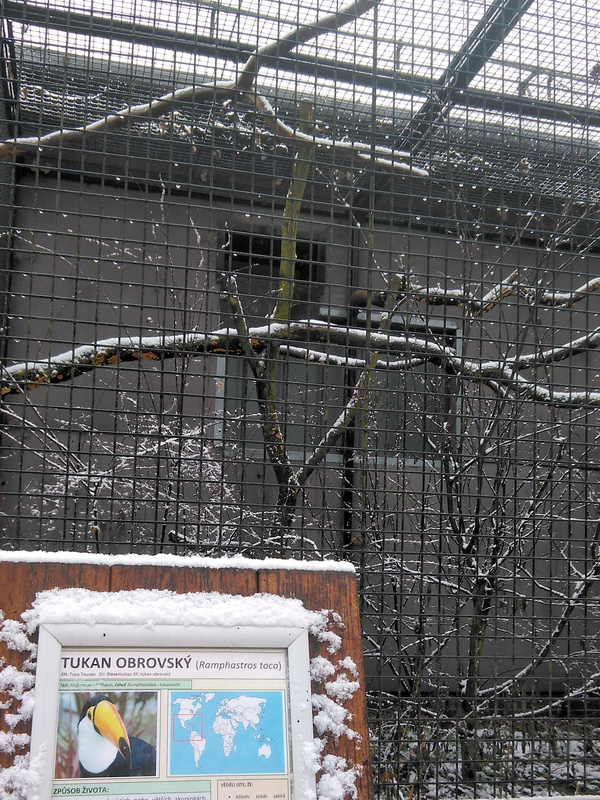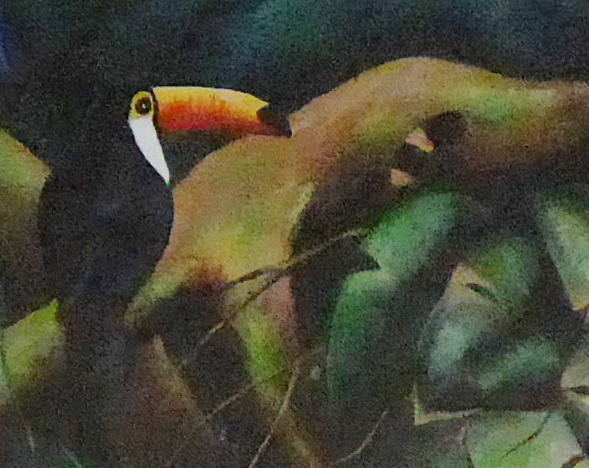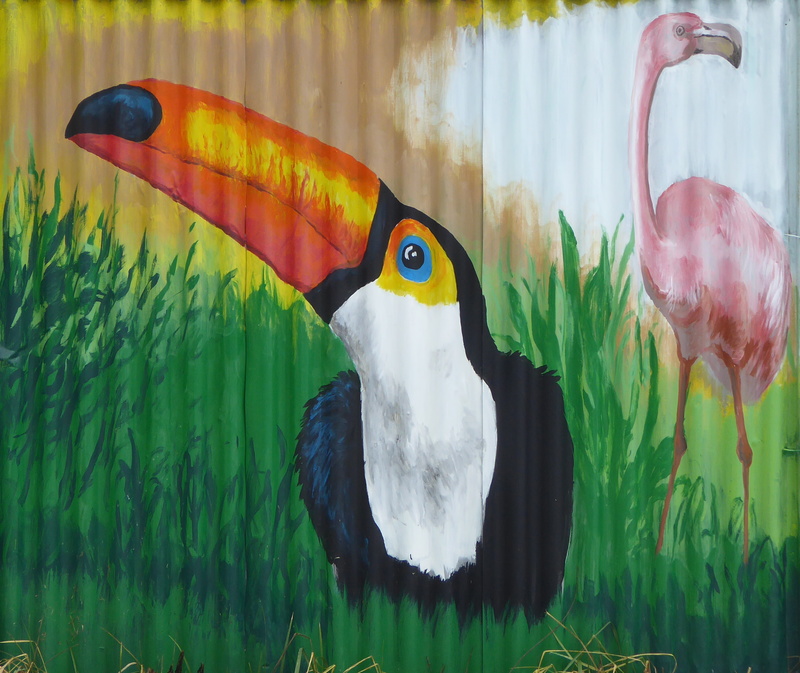Ramphastos Toco
Written by Dominik Joe Pantůček on 2018-02-01
toucanIn this rant we deviate slightly from our direct path about digital communication and its security and investigate the rain forests of South America. On the verge of these forest a very interesting bird species perseveres. The giant toucan, or - in Latin - Ramphastos toco. This remarkable member of the toucan family has a lot to offer.
The giant toucan[1] is an extraordinary example of evolutionary experiment which has probably gone wild. After generations and generations of random mutations and natural selection, this bird species has developed unique visual appearance and can adapt to biggest environmental problems in their native habitat. Naturally these birds live on plains near South American rain forests and are one of those lucky animals who benefit from excessive deforestation. However, this should not be used as an excuse for such destruction of natural environments in Amazonia.

Picture 1: Central Europe is definitely not a giant toucan's native habitat. As we can see in picture 1, winter in central Europe is not something the giant toucan likes. In this particular ZOO[2] they have a pair of giant toucans and none appeared outside the whole day but stayed in the safe warmth of their local home.
If we look at the giant toucan's appearance closely - or maybe not so closely - we can easily see the big tusk it sports. This is the feature of this species that has emerged during generations of evolution, yet it is a source of many arguments about its purpose. Many scientists assume the original purpose may be well lost in time and currently it is just a feature used to attract sexual partners. From our point of view, it looks nice and that is enough for us and the reproduced painting in picture 2 shows off its major anatomical feature.

Picture 2: Toucan painting on the ZOO wall. The big tusk does not come without price. The evolutionary burden is relatively low genetic diversity in the giant toucan species. This does not endanger the species breeding ability in the wild but when bred in captivity this can quickly become a serious issue. Luckily, from time to time, the associations of zoological gardens in different parts of the world agree upon a breeding plan to increase the genetic diversity of the population held in captivity. For example the AZA[3] in the U.S.A. started such program in 2006[4] and it mitigated the need for capturing more specimen in the wild.
The giant toucan eats almost everything, provided it can grasp it with its tusk. Fruit, insects, small birds or reptiles and their eggs[1]. Watching it mid-flight is an awesome sight as it can generate quite some thrust by flapping its wings and then glide for some time. But beware if you try to cuddle them - they are very protective of themselves and do not present a typical pet animal to play with.

Picture 3: Extra large giant toucan painted on the ZOO fence.
I hope you have enjoyed our voyage to the South American wilderness and I promise you more about robust email communication next week!
References
-
Toco toucan. (2017, October 28). In Wikipedia, The Free Encyclopedia. Retrieved 20:41, January 20, 2018, from https://en.wikipedia.org/w/index.php?title=Toco_toucan&oldid=807467897
-
ZOO Hodonín, official web pages available online at http://www.zoo-hodonin.cz/
-
Association of Zoos & Aquariums, official web pages available online at https://www.aza.org/
-
Toco Toucan Ramphastos toco Species Survival Plan, Ken Naugher, Montgomery Zoo, Martin Vince, Riverbanks Zoo, Colleen Lynch, AZA Population Management Center, 2006, available online at http://www.piciformes.org/pdf/toco%20toucan%20SSP.pdf
